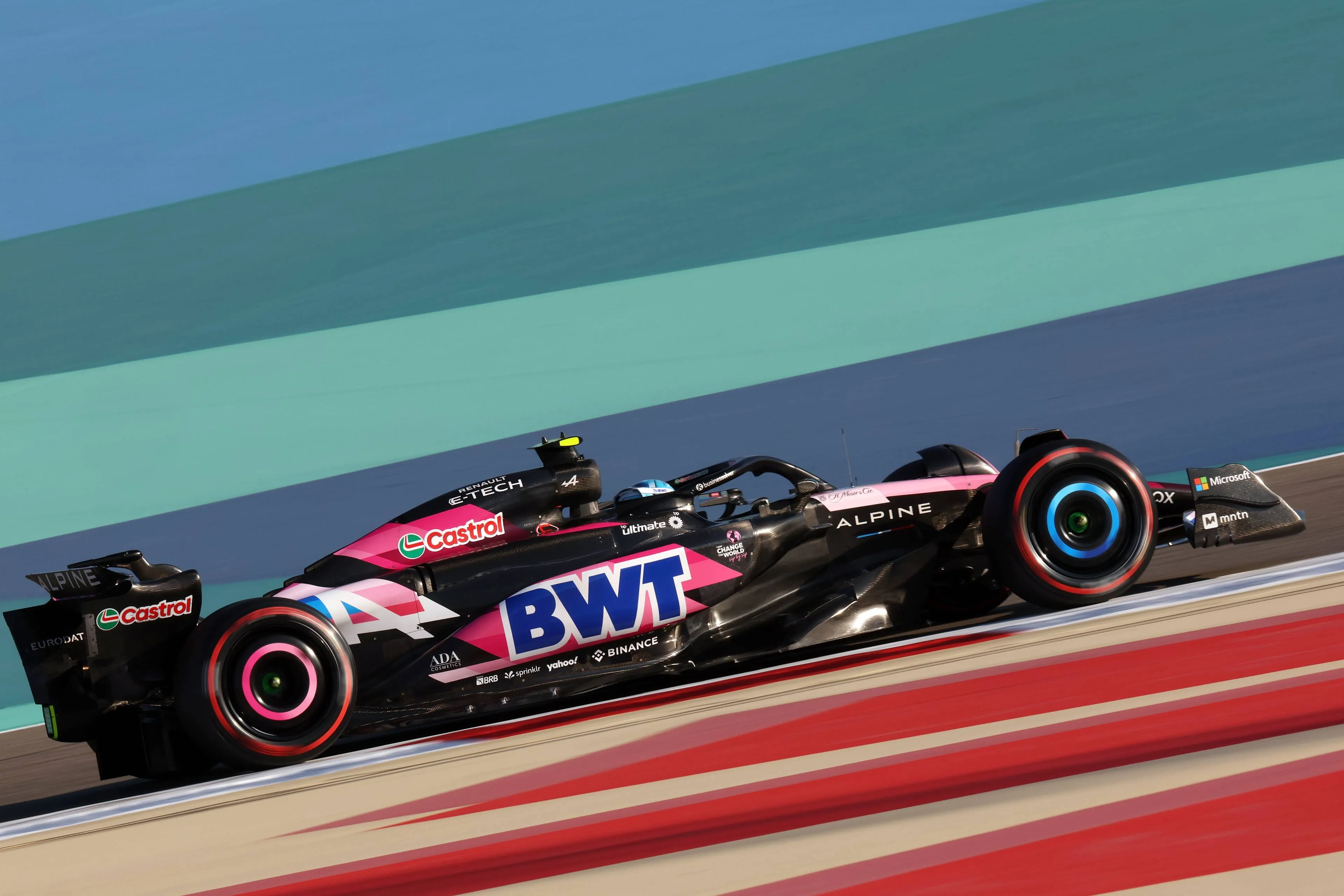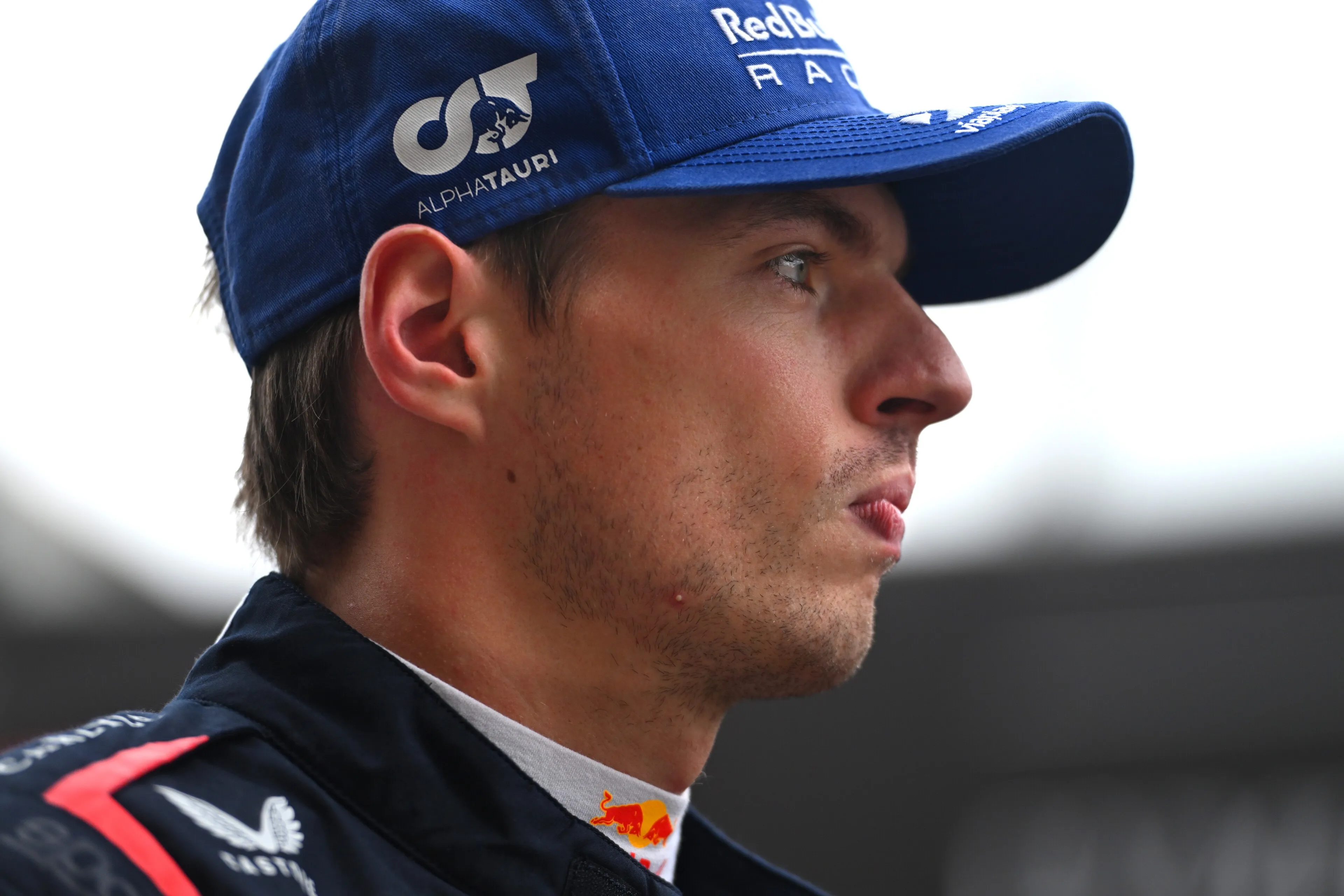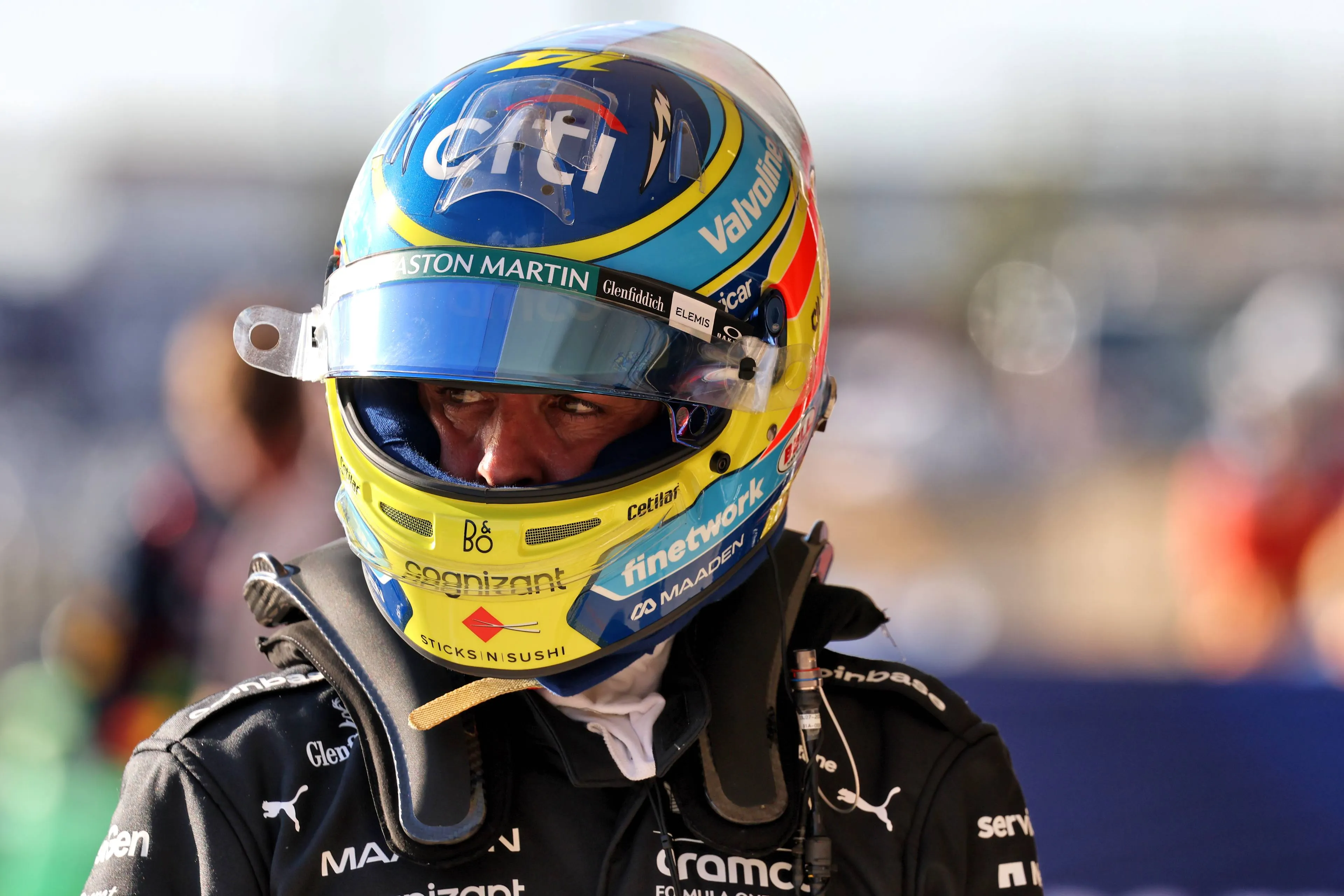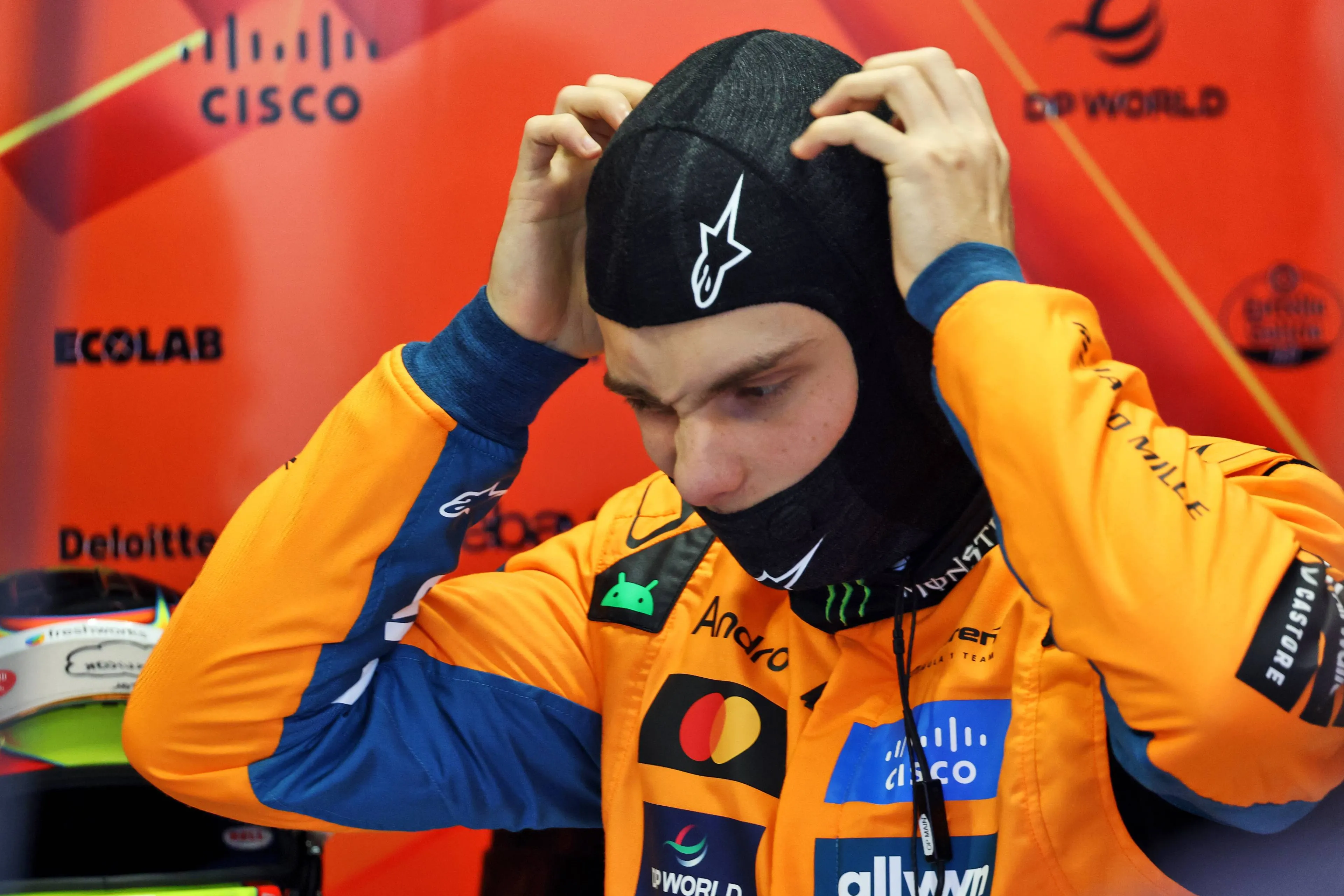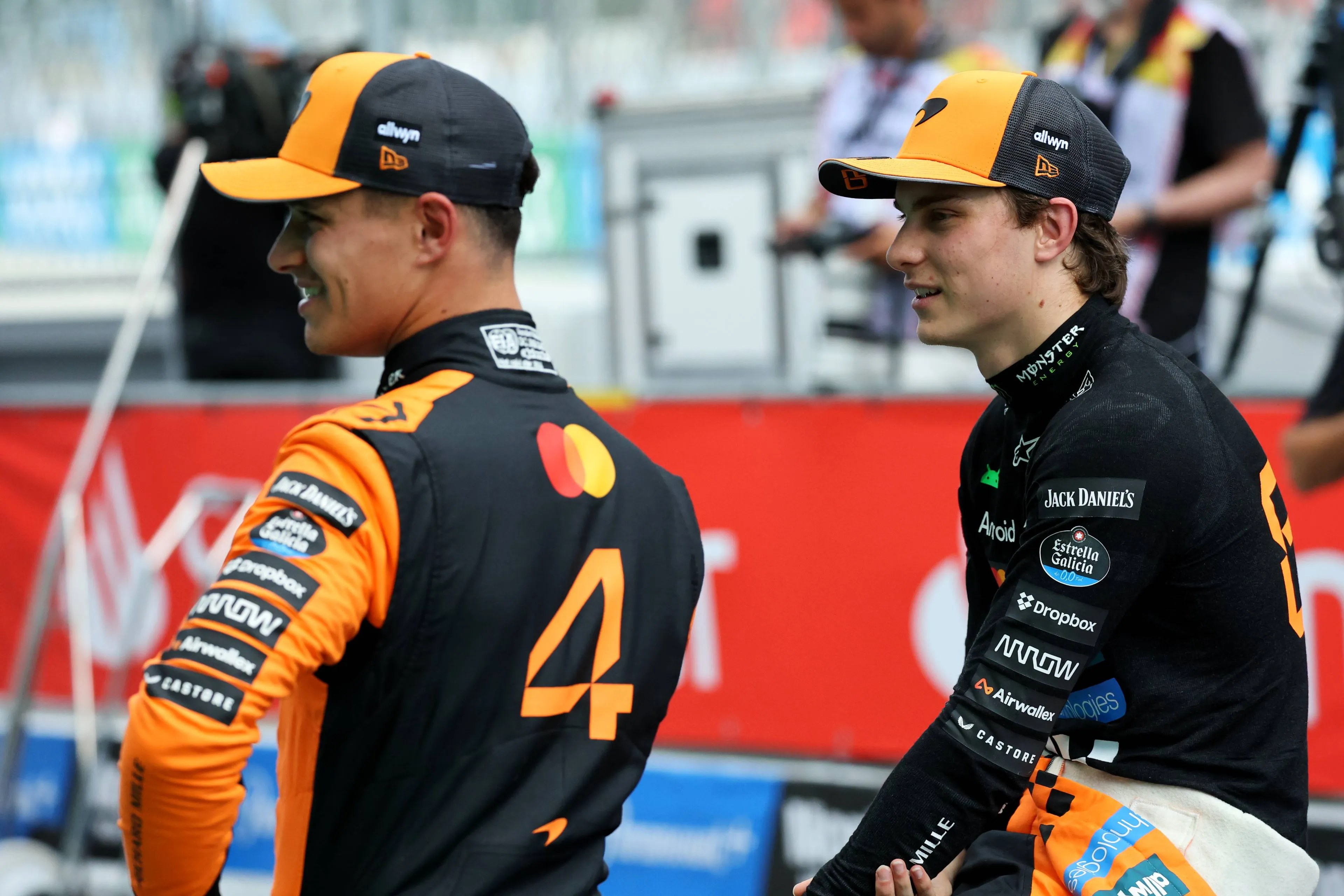The days of the bright yellow Jordans and Fernando Alonso's iconic championship-winning Renault feel like a thing of the past. Pushed to keep their designs as light as possible, paint is a luxury many current Formula One teams appear unable to afford.
Since the current regulations were introduced in 2022, fans have become used to seeing teams opt for bare carbon fibre panels over eye-catching colourful designs.
It has become a running joke with the current generation of cars, with many fans tuning in forgiven for thinking someone had turned down the saturation on their TV.
But with the teams just months away from launching their brand new 2026 designs, they might have to factor more paint into their budget after the FIA announced a new rule change for 2026.

Kick Sauber's black and green C44 at the 2024 Bahrain GP - Photo: RacePictures
F1’s colourful new rules
At the fourth and final Formula 1 Commission meeting of 2025, the FIA made the final adjustments to the incoming 2026 regulations.
This included a rule aimed at tackling the issue of teams covering significant portions of their cars in plain carbon fibre.
The FIA’s statement read: “It was agreed by Commission representatives that a minimum of 55% of surface area (when viewed from the side and above) must be covered by painted or stickered liveries as opposed to bare carbon fibre surfaces.
“The objective of this measure is to increase visual differentiation between cars.”
Though teams are now mandated to paint a specified proportion of the car, the potential for this rule to transform the appearance of next year's grid must not be overstated as bare carbon fibre is still allowed to cover just under half of the car's surface.
Read also
How did we get here?
Though 800kg may not seem like a lot compared to a typical two-tonne family SUV, the current generation of F1 are the heaviest in the sport’s history.
Keeping the weight of designs down has been a particular issue for designers since 2022 and, believe it or not, paint can have a noticeable impact on performance.
As teams fought for every competitive advantage between 2022 to 2025, it became increasingly common to see new designs released with a significant portion of the car’s surface area covered in black.
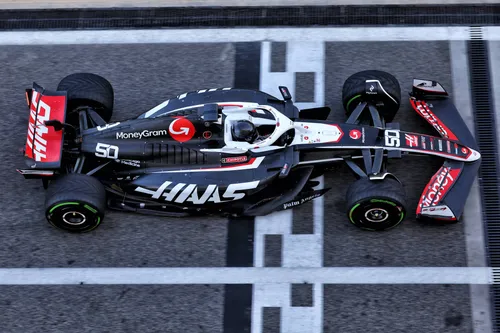
Last year's Haas VF-24 at Abu Dhabi post-season testing in 2024 - Photo: RacePictures
This trend reached its peak in 2024, with the first four cars launched - courtesy of Haas, Williams, Kick Sauber and Alpine - all featuring black carbon fibre patchwork designs.
Teams like Mercedes and Red Bull typically run a darker paint scheme, so were able to disguise their carbon fibre panelling more subtly.
But on other cars, like the Alpine A524, the exposed carbon fibre panels were less easy to hide.
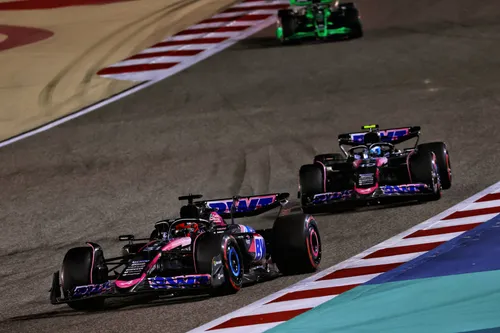
The Alpine A524 at Round 1 of the 2024 season in Bahrain - Photo: RacePictures
The French team ultimately updated their design for the fourth race in Japan, adding more blue to areas like the nosecone.
While many F1 teams have been more generous with their paint use in 2025, the FIA's rule change indicates that the topic of making F1 cars more distinct from each other is still something they are keen to address.
Audi became the first team to tease their 2026 design, but it is not yet known how the remaining 10 teams intent to shape up for next season.
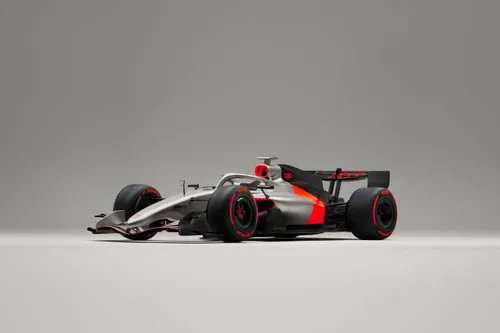
Audi's 2026 concept - Photo: Audi MediaCenter
Come launch season in early 2026, next year's F1 teams will present 11 dramatically new designs as the sport embarks on the most significant regulation change in a generation.
It'll be a new era for the sport and one which promises to provide intrigue and maybe, just maybe, a little more colour.
GPblog's latest F1 Paddock Update
Want to stay up-to-date with what happens in the F1 paddock? Then GPblog's F1 Paddock Update video is the perfect way to do it. Subscribe to GPblog's YouTube channel and turn on notifications to never miss the latest episodes.
Read more about:
Rumors
Popular on GPBlog

1
Red Bull driver misses out on victory after costly last lap crash
4383 times read

2
Russell wins from Hamilton as Verstappen delivers irreversible title blow
3170 times read
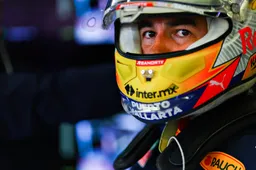
3
Perez sets blistering pace in Imola test: ‘He wasn't even pushing'
2633 times read

4
What time does the 2025 Las Vegas Grand Prix start?
2572 times read
Loading
